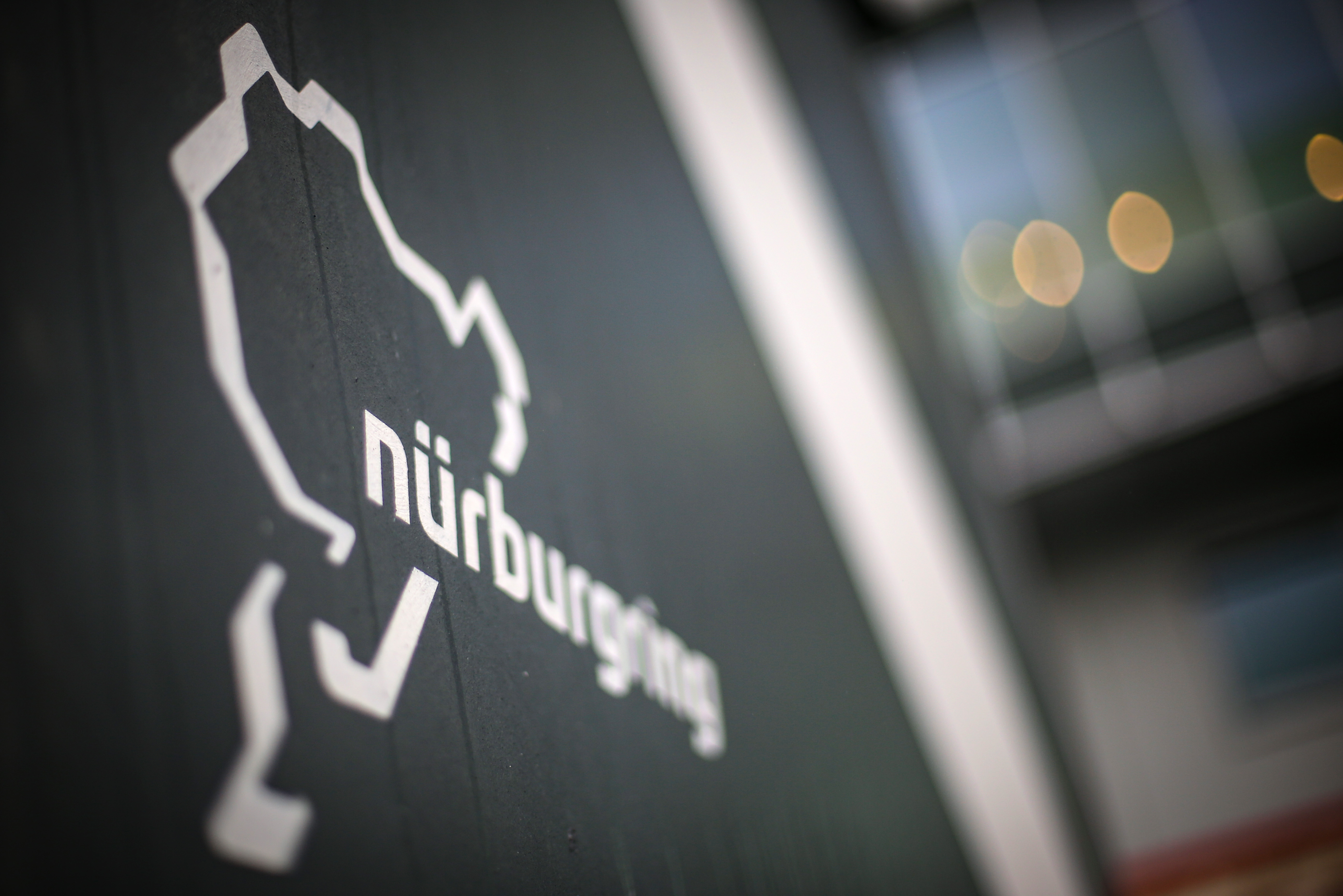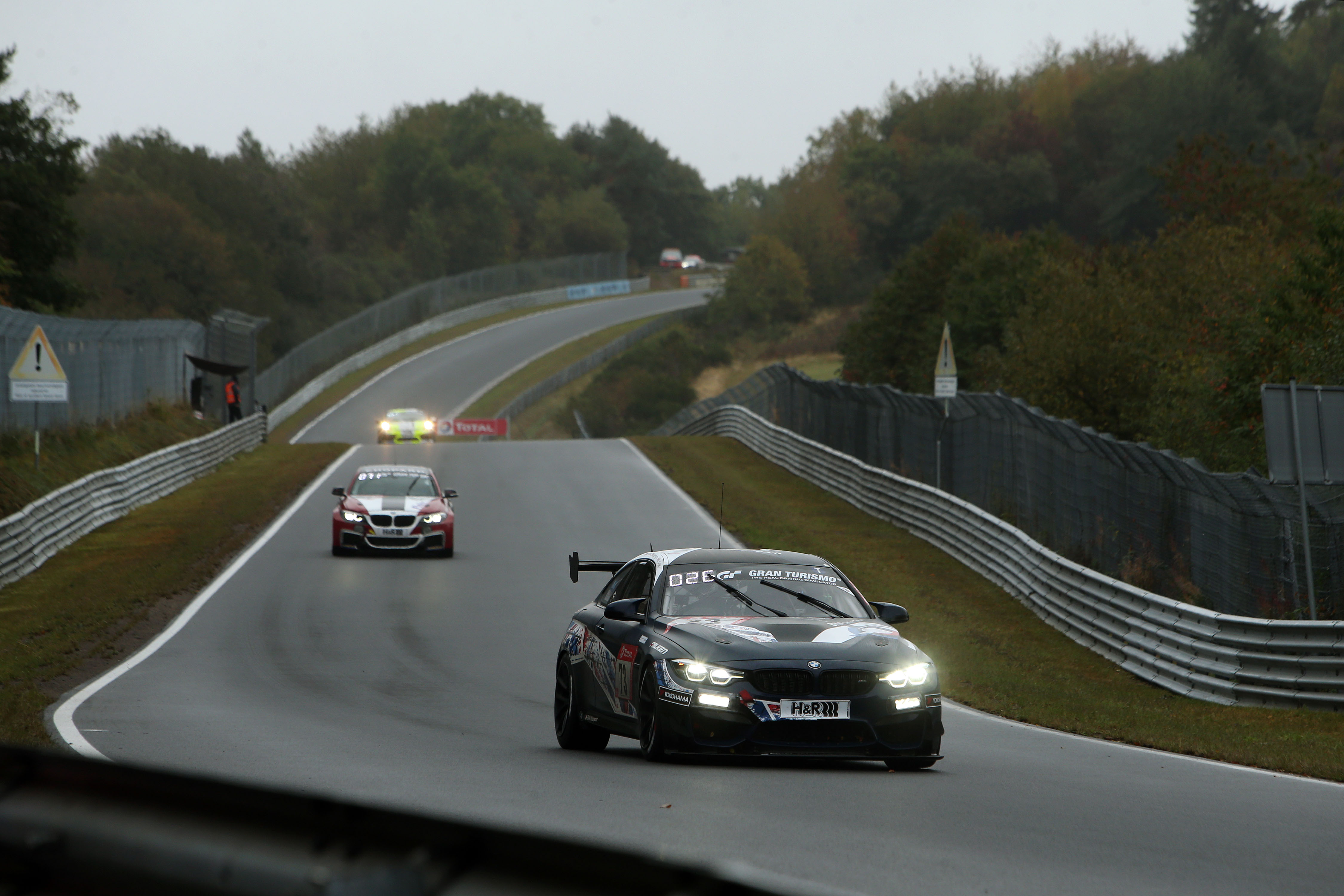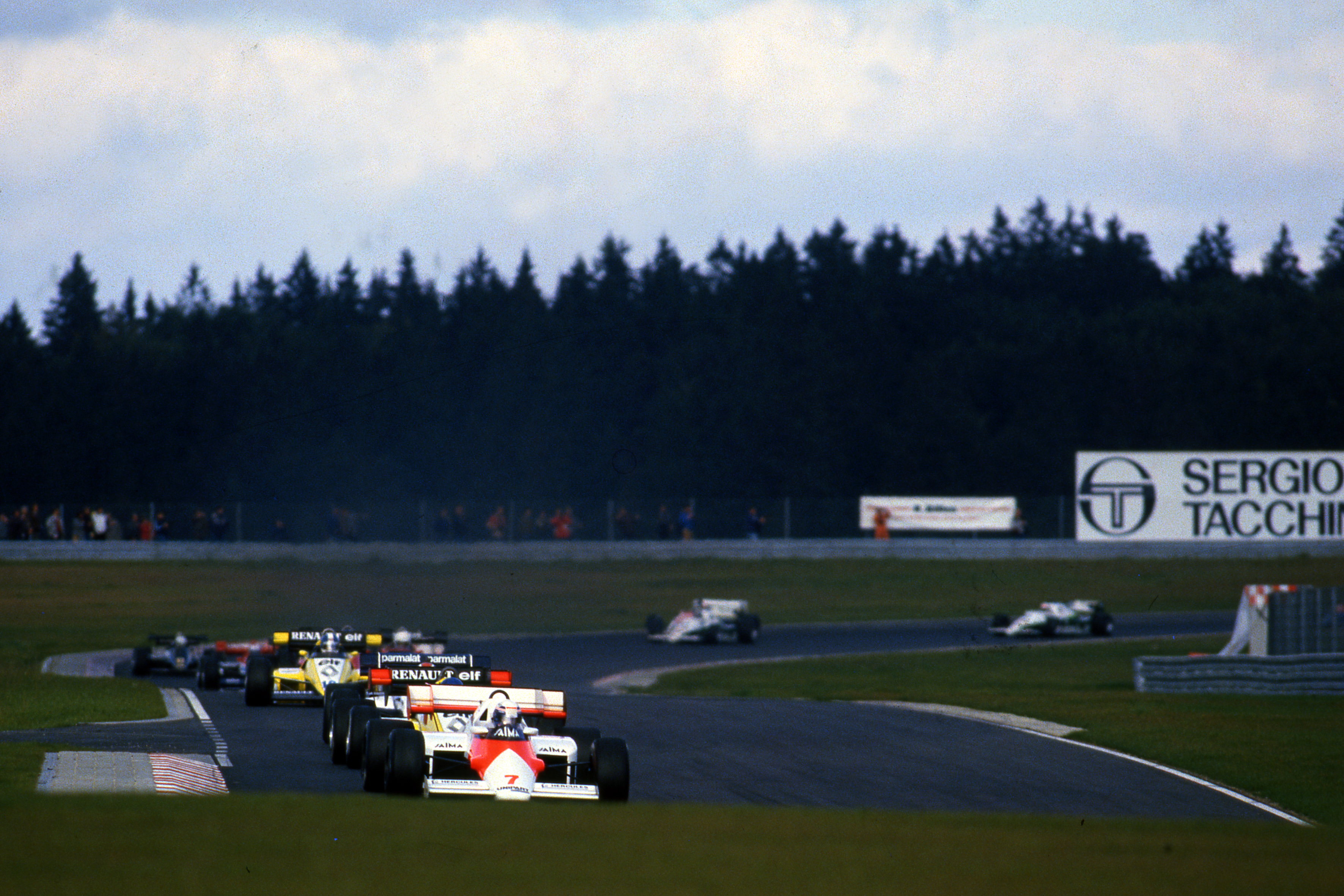Up Next

To say Formula 1 belongs at the Nurburgring is hardly a unique insight, but driving into the track on Thursday morning the fundamental truth of that statement struck me unexpectedly powerfully.
It’s a familiar enough place having visited the track not only for Formula 1 races, most recently in 2013, but also other events including the legendary Nurburgring 24 Hours.
Perhaps my seven-year absence had whittled away at the complacency of over-familiarity, but surprisingly even the first signpost to the circuit created a little anticipation.

On the way to the media car park, a couple of brief glimpses of the track were a reminder of the majesty of the Nordschleife. The iconic names on signposts – Adenauer, Hohe Acht – and the mid-October gloom seemed to capture the essential spirit of the place more powerfully than the memory had preserved.
Approaching the main entrance to the circuit I found myself agreeing with a banner that welcomed F1 back and stated it had been too long. It’s true – F1 has been away from the Nurburgring for too long and it’s a travesty it has taken something as disruptive as the coronavirus pandemic to get grand prix racing back here. This great venue cannot just be a convenient stand-in.
The German Grand Prix was first held on the original circuit back in 1927 and it remained a touchstone of the grand prix calendar for half a century.
That great circuit still holds a fascination for modern drivers, with Carlos Sainz Jr admitting to thrashing an Audi A6 round it for three laps and Sebastian Vettel relating how he first drove a road car there at the age of 17 and almost crashed after Schwedenkreuz thanks to brake fade. Like many of his rivals, he aspires to race on the Nordschleife one day.

“The 24-hour race here is a race that everyone knows and everybody looks up to in a way,” said Vettel.
“I think it’s one of the biggest challenges in the motorsport world. So who knows? Maybe yes.
“Hopefully I pick a good year because it can be quite a big challenge with the weather as well. It’s probably a question more for later days.”
Overshadowed by the veneration for the Nordschleife, the modern grand prix track is the poor relation. But times change and it’s unfair to judge the current configuration by the obsolete, unrepeatable standards of the Nordschleife.

First used by F1 back in 1984 for the European Grand Prix, it’s a popular and challenging venue and is well-liked by the drivers. It also becomes the first venue to hold four different world championship races thanks to receiving the new title of the Eifel GP having previously carried the European, German and the geographically-inaccurate Luxembourg GP titles.
Perhaps for this historic return it might be more appropriate to revive the legendary ‘Eifelrennen’ title? During its pre-war pomp, this was a grand prix in all but name and twice won by the legendary Bernd Rosemeyer.
Such names are celebrated here. Walking into the track I passed the tribute to the many winners of international races here over the years, neatly arranged within an outline of the Nordschleife. All of the greats are there and hopefully the circuit proprietors will ensure the winner of Sunday’s race has their name added to a monument that needs updating.

History does matter, especially for a venue like the Nurburgring that it does so much to sustain. Even on a cold, gloomy day – perhaps especially on such days – this is one of the most atmospheric venues F1 visits.
F1 needs new venues and it would be narrow-minded and limiting to want grands prix only to be held at circuits with long histories. But those historic venues must also not be left behind. The Nurburgring needs grand prix racing, it always has, and grand prix racing needs the Nurburgring.
It would be a travesty if the financial realities of staging an F1 race mean this is only a one-off reprieve.



